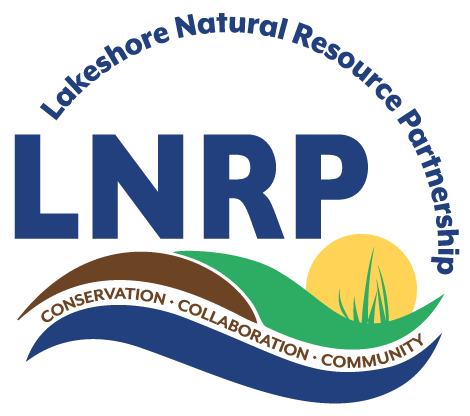Valley Creek Project Update - UWM School of Freshwater Science Students Support Restoration
Valley Creek streambank erosion
Project Background
Lakeshore Natural Resource Partnership (LNRP) has teamed up with Dr. Ryan Newton and his undergraduate capstone students at UW-Milwaukee’s School of Freshwater Science (SFS) to support the ongoing restoration of the Valley Creek Corridor in Port Washington. The corridor includes several public green spaces, such as Birchwood Hills Natural Area, Antoine Park, Whitefish Park, North Beach Park, Guenther Park, Veterans Memorial Park, and Lakeview Park.
Led by the City of Port Washington, the project focuses on enhancing the corridor's climate resilience, improving water quality, restoring habitat for native wildlife, and increasing public access and enjoyment. Read more about the restoration project here.
LNRP participates in this project as part of our regional-level Coastal Resilience Community Impact Project. Our goal in leading this overarching initiative is to provide direct support to Lake Michigan coastal municipalities in developing adaptation and resilience strategies that address climate change driven hazards. The restoration of Valley Creek will prevent flooding at city parks and protect essential stormwater infrastructure from damage.
Students Provide Valuable Pre-Restoration Data
Students collect water quality data
Throughout 2024, Dr. Newton’s students have acted as a small consulting team, tasked with gathering and analyzing stream data to inform both the restoration process and future research opportunities.
After several site visits and developing a research plan during the spring semester, the team conducted five sampling rounds at eight different sites across the corridor during the fall. At each site, they measured eight water quality parameters: temperature, dissolved oxygen, pH, specific conductivity, turbidity, E. coli, nitrate, phosphate and total phosphorus. These indicators provide valuable insights into pollution levels, habitat suitability for aquatic life, and potential risks to human health. The students also documented areas of bank erosion and evaluated how outflows may impact nearby beaches.
In mid-December, the student team presented their findings through a detailed final report, a water quality fact sheet, and a professional presentation to project stakeholders. Their work establishes an important baseline of pre-restoration conditions, allowing LNRP and project partners to measure progress over time and identify areas for continued improvement. This collaboration also highlights how engaging students in meaningful, hands-on research helps prepare them as emerging conservationists.
This project is made possible through funding from the National Fish and Wildlife Foundation (NFWF) and the National Oceanic and Atmospheric Administration (NOAA).


